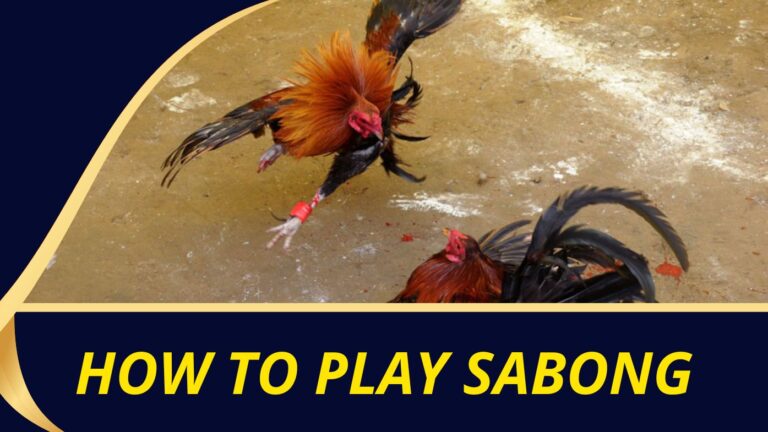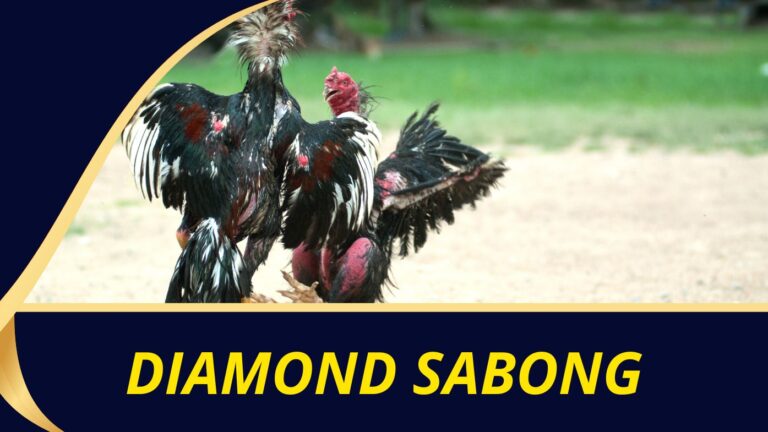How to Choose The Winning Rooster in Sabong
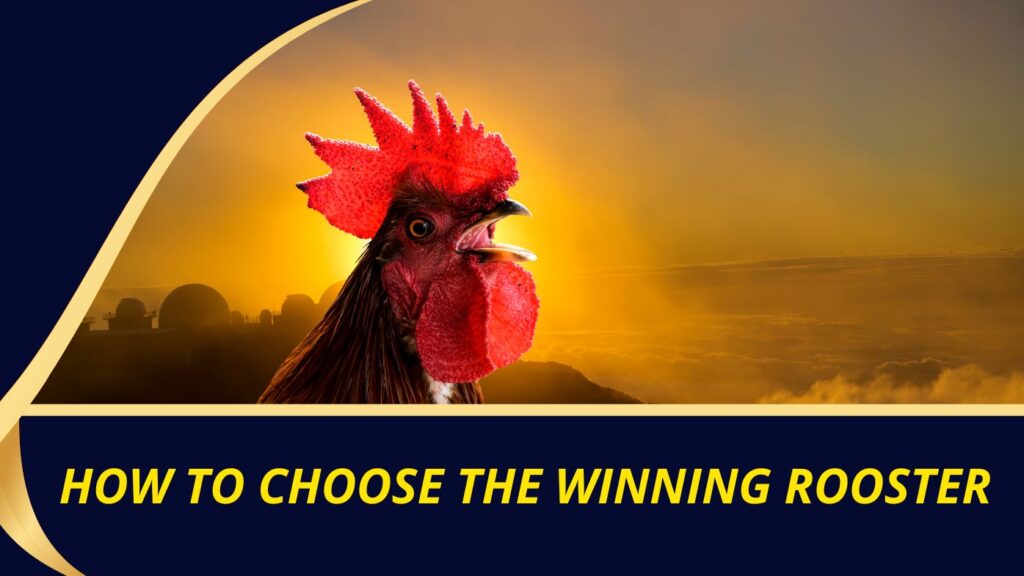
Are you confused about which rooster to pick? Do you want some tips to choose the correct rooster and win the game? Then, join now on Peso888 as we are unveiling the tips and tricks to win at online sabong by picking the winning rooster. In this guide, we delve into the key strategies, betting nuances, and expert tips that will empower you to navigate the thrilling arena of online sabong with confidence. From analyzing rooster forms to mastering betting odds, embark on a journey that combines tradition and technology, leading you to the excitement of selecting the triumphant rooster at Peso888.
The Anatomy of a Fighting Rooster
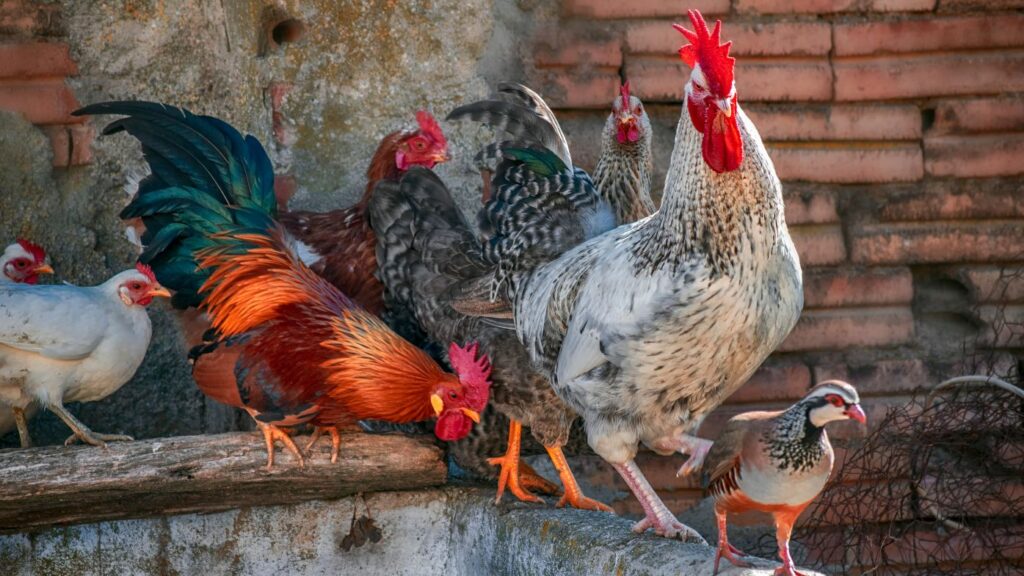
When preparing to engage in a cockfighting match, selecting a fighting rooster requires careful consideration of specific characteristics that contribute to its combat effectiveness.
Choose the Winning Rooster: Physical Characteristics
The physical attributes of a fighting rooster play a pivotal role, influencing its ability to endure and respond to opponents. Factors such as weight, size, and feather quality are indicative of a well-raised and formidable bird.
Types of Breeds of Chickens Used in Sabong
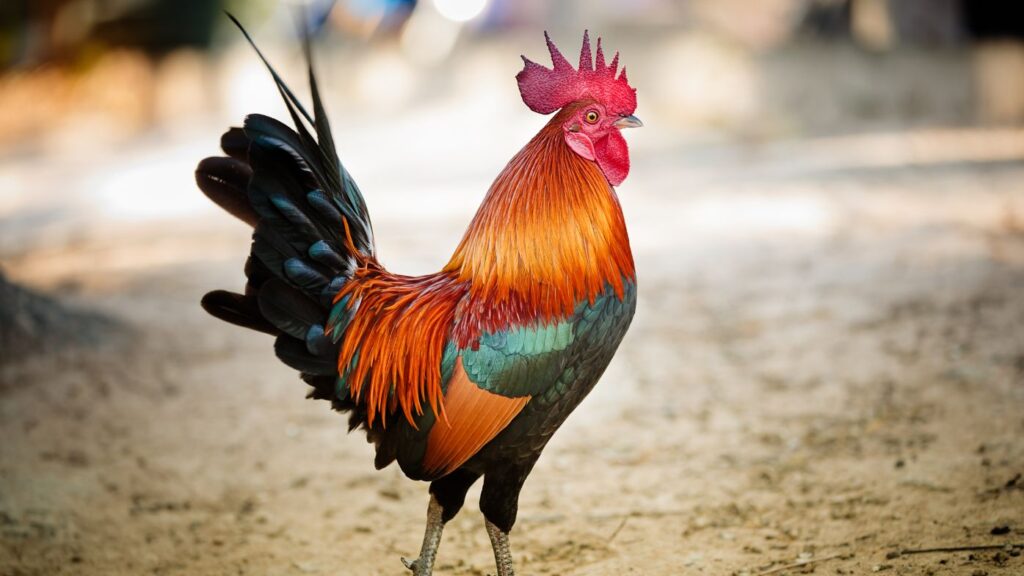
Cockfighting involves various gamefowl breeds, each possessing distinctive traits and characteristics that contribute to their suitability for the pit. Among the most widely recognized and formidable breeds in cockfighting are the Kelso, Peruvian, Hatch, American Game, Radio, and Asil. These breeds are not only popular but also renowned for their toughness and aggression, making them the preferred choice among enthusiasts. The distinct qualities of each breed contribute to the diverse and competitive nature of cockfighting matches.
KELSO
Originating in the United States, the Kelso is a classic and sizeable gamecock breed with a straight or curled tail. Known for its aggression and power, the Kelso is a formidable opponent in both cockfights and exhibitions.
SHAMO
Developed in Japan but with origins in Thailand, Shamo chickens are fierce fighters with a distinct appearance, featuring an upright posture, broad shoulders, and vibrant coloration. Known for their aggression towards other chickens, Shamo birds are easy to raise but unsuitable for confinement.
HATCH TWIST ROOSTERS
A variation of the Hatch breed, the Hatch Twist rooster is characterized by good resistance, intelligence, and a large size. With a fighting style that involves intimidation, this breed is tenacious and determined in the ring, often linking well with other rooster breeds.
PERUVIAN FIGHTING ROOSTERS
Renowned as one of the most expensive and oldest breeds, Peruvian gamefowl is highly sought after for cockfighting and exhibitions in Peru. Bred for gameness, these roosters are prized for their unique qualities that set them apart from other breeds.
AMERICAN GAME CHICKEN
Bred for ornamental purposes or as fighting cocks, the American Game Chicken has a distinctive appearance with a long body, twisted tail, and exceptional fighting style. Thriving in countries where cockfighting is legal, this breed exhibits relentless aggression until the end.
MALAY ROOSTER
Topping the list of aggressive breeds, Malay chickens, originating from Malaysia, stand tall at about 30 inches. Known for their fast, furious, and lethal fighting style, Malay roosters exhibit fearlessness, making them formidable opponents in the pit.
SUMATRA BREED
Hailing from the Sumatra islands, these chickens boast a predatory appearance resulting from crossing Kampong chickens with wildfowl. Friendly towards humans, Sumatra gamefowls are aggressive in their interactions with other birds, known for their ability to fly and distinctive greenish-black coats.
MODERN GAME
Created in response to cockfighting prohibitions, Modern Game chickens have a striking appearance resembling a velociraptor. Despite their small stature, Modern Game birds are fierce, and recognized in over 13 color variations in the US and the UK.
ASIL
Highly ferocious and intelligent, Asil chickens are known for their strength and skill in combat. While aggressive towards other birds, they display attentiveness and docility around humans. Characterized by a small to medium size, strong legs, short tail feathers, and a lack of combs and wattles, Asil chickens thrive in cooler climates.
BROWN RED GAME FOWL
Developed in the 1870s, Brown Red Game Fowl is an attractive breed with brightly colored feathers, originally bred for cockfighting. Recognized by their black or slate-colored legs and round heads, this breed faced challenges finding alternative work due to its aggressive nature.
OLD ENGLISH GAME CHICKEN
Originating in the 19th century, Old English Game roosters are among the oldest game breeds. Known for their small yet feisty nature, these chickens are used for poultry shows and exhibitions. With distinct color variations and well-curved nails, Old English Game birds boast puffed-out chests, long necks, and strong legs.
RADIO FIGHTING ROOSTERS
Developed in the United States, Radio fighting roosters are known for their aggressive and quick attacks in the air and on the ground. With a straight comb, yellow legs, and medium size, they are often mistaken for other fighting rooster breeds.
LEMON FOWL
Originating from Germany, Lemon Fowl are methodical fighters known for their unique level of aggression, rivaling the Malay breed. With distinctive features like pea or straight combs, straight red feathers, and yellow or white legs, Lemon Fowl exhibits strategic combat skills.
ROUNDHEAD FIGHTING ROOSTERS
Native to the United States, Roundhead roosters are medium-sized with a long body and a twisted and curled tail. Known for their endurance in the cockpit, Roundheads are tough and often used as bait birds in training programs.
INDIAN GAME (CORNISH)
Imported to the UK thousands of years ago, the Indian gamecock, also known as Cornish chickens, is a large and muscular breed primarily bred for domestic life but also used for fighting. Recognized by their powerful legs with huge spurs, Cornish roosters require ample space and should not be mixed with other breeds.
Best Feature That Makes a Fighting Rooster
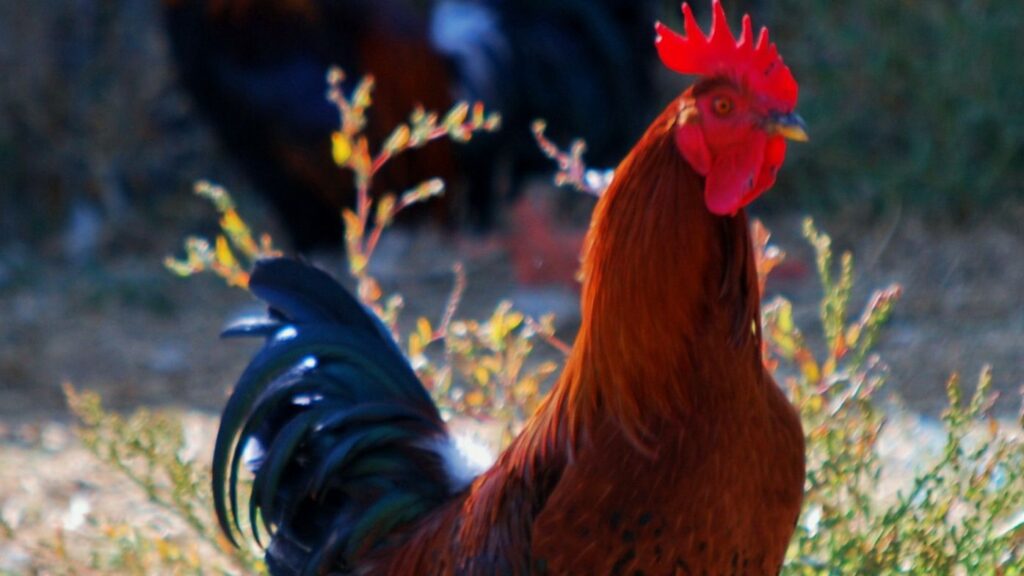
The fighting rooster, a male chicken, finds its primary use in the intense sport of cockfighting. Despite the multitude of rooster breeds, not all are tailored for the rigors of this combat sport. A fighting rooster will be the highly aggressive one. Fighting roosters undergo specific breeding, training, and care to prepare them for engaging in intense and controlled combat.
Which Rooster Breeds Are Aggressive
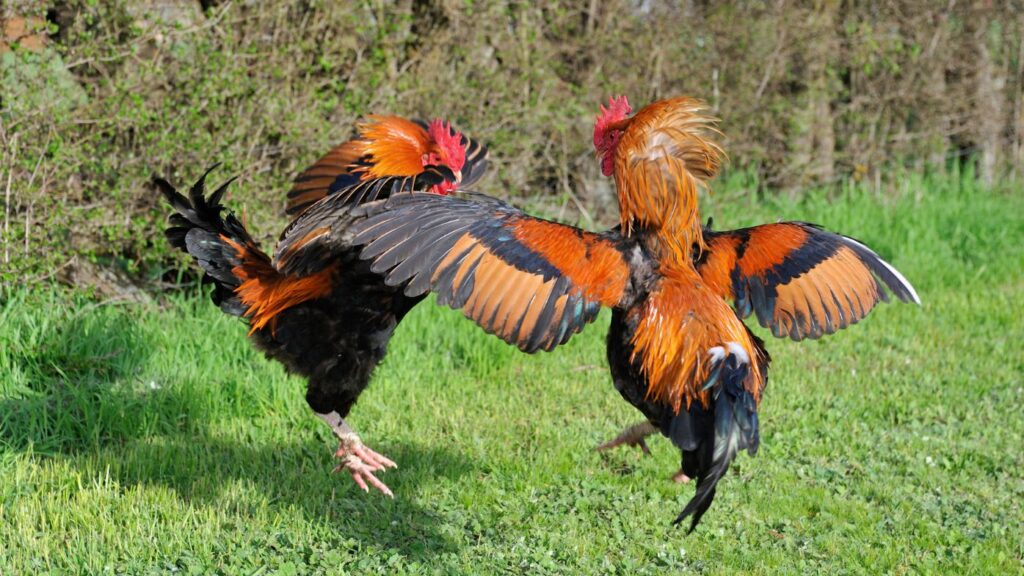
In terms of aggressiveness, notable fighting rooster breeds include the Malay, Old English Game, and Asil. Additionally, other breeds like the Modern Game, Kelso, Sweater, Hatch Twist, Peruvian, and American Game fowl are worth considering.
Tips to Bet on a Fighting Rooster
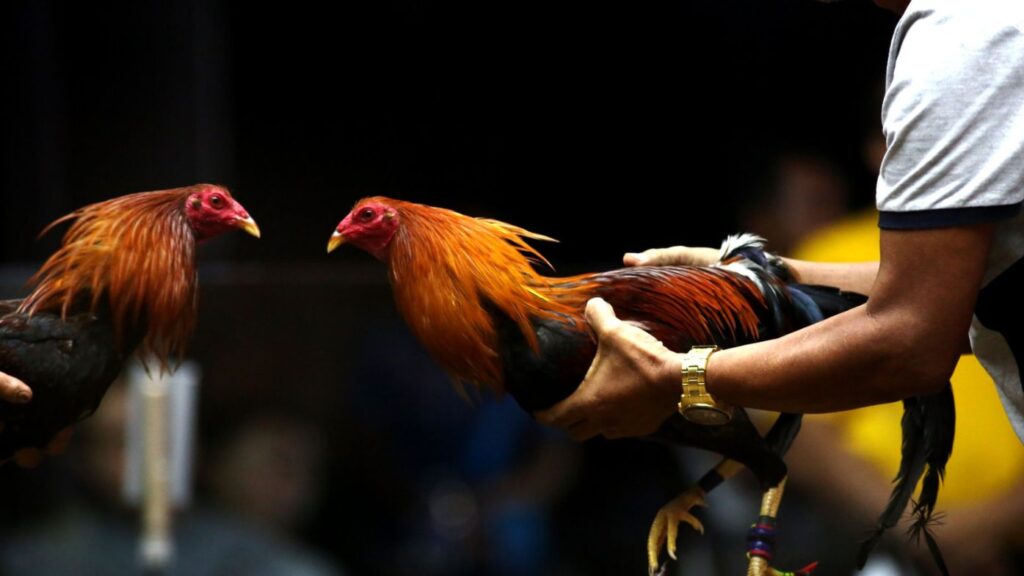
Navigating the diverse roster of roosters in online sabong can be overwhelming, but fear not, we’ve got strategic tips to guide your selection process.
Top Tricks to Win at Online Sabong
You don’t always rely on luck and hence you need to act by yourself. Here are some useful tips to increase the chances of winning and making money.
- Learn Before Betting: As a beginner, take the time to watch and understand cockfighting by focusing on cockpit events. Utilize websites that offer free games for practice before engaging in real-money betting.
- Practice with Free Games: Use platforms that provide free games without the need for bets to hone your skills and gain confidence in your understanding of cockfighting dynamics.
- Analyze Previous Data: Delve into historical data of roosters and past fights. Extensive analysis and research can reveal patterns or trends that may be valuable in making informed betting decisions.
- Avoid Guesswork: Steer clear of relying solely on guesswork. While it’s tempting to place random bets, it’s crucial to base your decisions on data and strategies to minimize the risk of significant losses.
- Gradual Increase in Bets: As you gain knowledge and practice, gradually increase your bets. Seasoned players often recommend spreading bets across various games simultaneously to enhance the chances of winning.
- Bet Based on Data and Strategies: When placing bets, rely on accumulated data and well-thought-out strategies rather than random choices. Strategic betting increases your chances of success in online sabong at Peso888.
FAQs
Conclusion
Choosing the winning rooster in sabong is a strategic and thoughtful process that involves a combination of analysis, observation, and understanding of the unique qualities of each breed. By considering factors such as the rooster’s track record, physical characteristics, and temperament, participants on Peso888 can enhance their chances of making informed bets. It’s crucial to pay attention to trends, study past data, and assess the rooster’s overall health and condition. Through a careful evaluation of these aspects, sabong enthusiasts on Peso888 can engage in the exciting world of online cockfighting with confidence and increase their likelihood of selecting the winning rooster. Download the Peso888 app now!




